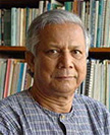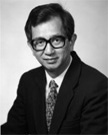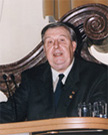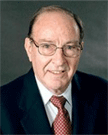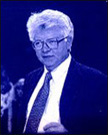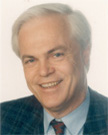Lily Yeh -- Bio

Lily Yeh is an internationally celebrated artist and award-winning founder and former executive and artistic director of the Village of Arts and Humanities. Since 1986, with the help of neighborhood children and adults, Yeh has built the Village from an abandoned lot into an organization and a community. She has infused the Village with her own artistic sensitivity and vision, collaborating with other artists and community residents to create a place that brings art into both the physical space and daily rhythms of life. Expanding beyond North Philadelphia, Yeh's work has taken her to communities in other parts of the country as well as abroad. Born in Kueizhou China, Yeh studied traditional Chinese painting in Taiwan before coming to the United States in 1963. In 1968, she began teaching at the University of the Arts where she became professor of painting and art history. In 1998, she resigned from her tenured position to devote all her time to her work at the Village of Arts and Humanities. Under her leadership as founder, executive director and lead artist from 1968 to 2004, the Village has become a national model of community building through the arts. In the last five years of her tenure there, the Village has received several national awards including Coming Up Taller Award from the President's Committee on Arts and Culture and the National Endowment for the Arts, Washington, D.C. in 2000 and the gold medal Rudy Bruner Award for Urban Excellence from Bruner Foundation in Cambridge, MA. In 2003, the Village received a Commonwealth of Pennsylvania Governor's Award for Environmental Excellence. In the same year, Yeh received the prestigious Leadership for the Changing World Award from the Ford Foundation. In 2007, the Village is being honored with Champion in Action Award by Citizens Bank for its building community through the arts effort.
In 1983, Dr. Yunus formed the Grameen (meaning village) bank to break this devastating cycle and provide low interest, flexible loans for business, housing, insurance, and education. The Bank now services over 7 million customers with an astounding 99% repayment rate. Dr. Yunus and the Grameen Bank won the Nobel Peace Prize in 2006 for improving the lives of so many of the poor. The program is now expanding to other countries besides Bangladesh. One recent example is the substantial backing from Mexican telecom billionaire Carlo Slim, who plans to start a micro-finance bank in Mexico City. The bank will use $45 million of initial capital to issue over 80,000 loans during its initial phase of operation.

